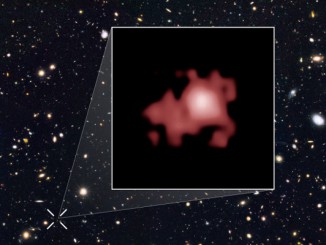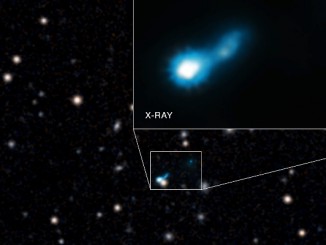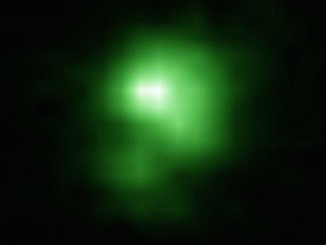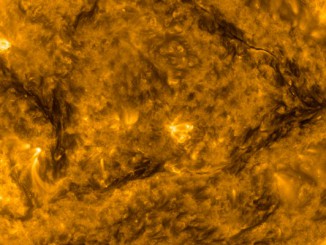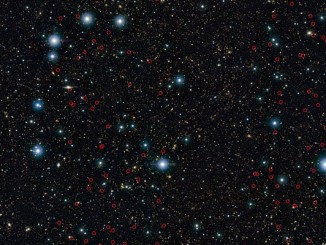
Researchers propose a new model for dark matter
Indisputable physical calculations state that approximately 27 percent of the universe is dark matter, but there are indications that we might never see it. Now researchers in Denmark turn this somehow depressing scenario into an advantage and propose a new model for what dark matter might be — and how to test it.

